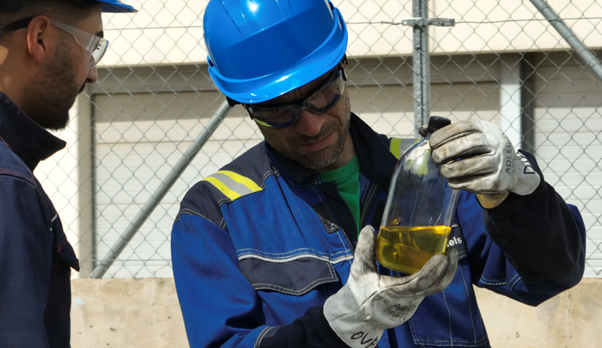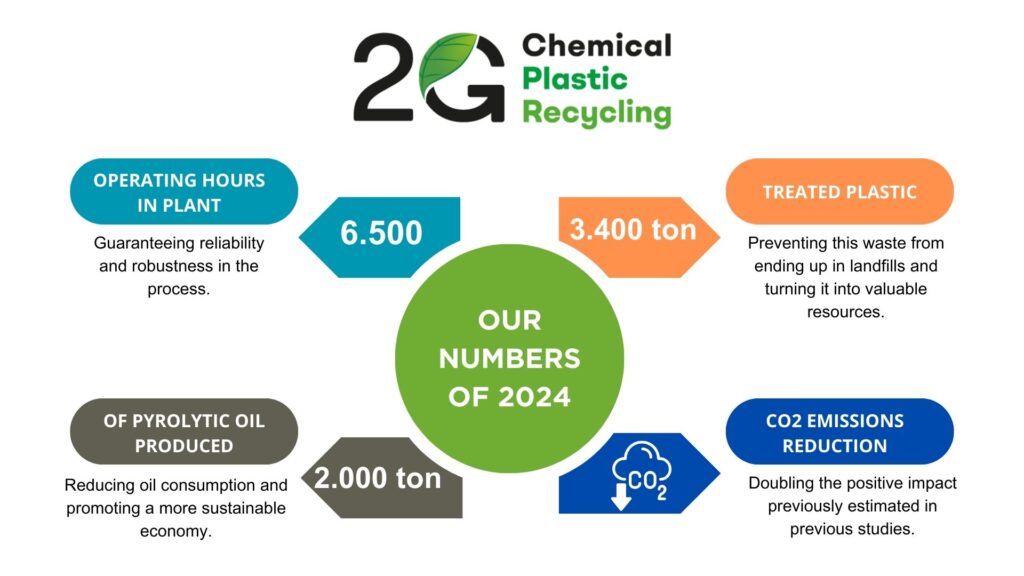The increase in plastic waste is a global concern due to its environmental impact. Although recycling has improved, it is necessary to optimize collection and treatment to prevent its accumulation in landfills and ecosystems.
The problem of plastic waste as a global challenge
Millions of tons of plastic are generated annually, but much of it is not properly managed. In 2021, Europe generated 16.1 million tonnes of post-consumer plastic waste, of which, recycled only 6.6 milion tones. Despite growing awareness of sustainability, improper plastic disposal remains a significant challenge. Many individuals fail to separate and sort plastics correctly, complicating recycling efforts and increasing waste mismanagement. As a result, plastics often end up in unintended environments, exacerbating pollution and undermining global sustainability efforts.
Environmental impact
The production of plastics involves the use of fossil fuels and generates polluting emissions. Polymers such as PS and PET produce more greenhouse gases emissions and the degradation of these in landfills contaminates soil and water, affecting biodiversity. On the other hand, waste incineration turns plastic into a finite resource, when it could be recycled thus becoming a new source of renewable raw material for the plastics industry.
Need for solutions
Addressing the challenges of plastic waste requires a stronger commitment to the circular economy, leveraging advanced recycling technologies and market-driven solutions. Chemical recycling serves as a critical complement to mechanical methods, enabling the processing of contaminated and mixed plastics that would otherwise go to waste. Developing robust recycling markets, alongside standardized methodologies to assess environmental impact, is essential. Equally important is the design of more sustainable plastic products, prioritizing prevention, reuse, and recycling over incineration. A coordinated effort between the public and private sectors, supported by a stable regulatory framework, will be key to building a circular plastics ecosystem and achieving net-zero emissions by 2050.
Types of plastic waste that can be transformed with chemical recycling solution
Chemical recycling is a key solution for treating plastics that mechanical recycling cannot process effectively. It allows high-value materials to be recovered from complex and contaminated waste, avoiding disposal in landfills or incineration. Through chemical recycling we manage to treat different types of plastic:
Plastics that are difficult to recycle
Chemical recycling is ideal for multi-layer and blended plastics that cannot be easily separated. By breaking these materials down into their basic components, they are made easier to reuse in the manufacture of new plastic products.
Contaminated plastic waste
Plastics with adhesives, greases or other impurities can be chemically recycled, removing contaminants and obtaining reusable products. This includes fishing nets, contaminated industrial plastic packaging, and plastics extracted from the sea.
Degraded and low-quality plastics
Chemical recycling makes it possible to recover plastics that have lost their properties, transforming them into high-quality materials and avoiding their disposal in landfills.
Waste from mechanical recycling
The waste generated in mechanical recycling can be chemically treated, maximizing the use of materials.
Thermoset plastics and elastomers
Materials such as polyurethane (PU), present in mattresses and insulation, can be chemically recycled, something impossible with mechanical processes.
End-of-life products
Chemical recycling extends the life cycle of plastics recycled multiple times, preventing their final disposal.
Residues with restricted substances
This process makes it possible to remove hazardous compounds from plastics, ensuring safe and sustainable recycled materials.
Polymer diversity
Chemical recycling can treat a wide range of polymers such as PET, PA, PU, and PLA, with advances in polystyrene (PS) recycling.
Pyrolysis as a chemical recycling technology for plastics
Pyrolysis is a chemical recycling technology that uses heat to break down polymers into simple molecules. It is a thermal cracking process which breaks down the polymer into monomers or other substances of interest to the chemical industry. Pyrolysis is a form of thermolysis that is performed in the absence of oxygen.
Key Features of Pyrolysis
Thermal decomposition: It uses high temperatures to degrade plastic waste.
Oxygen-free process: It takes place in the absence of oxygen, which differentiates it from combustion. This prevents complete oxidation of the materials.
Products obtained: It can produce pyrolysis oil and syngas. Pyrolysis oil can be used as a raw material for the production of new plastics or chemicals. Syngas can be used as fuel to generate energy or as a feedstock for the synthesis of other chemicals.
Application to various polymers: Can be applied to a wide variety of plastic wastes, including both addition and condensation polymers.
Complementary to mechanical recycling: By allowing waste that is not suitable for mechanical recycling to be treated, such as mixed or contaminated plastics.

Chemical Recycling: A Proven and Scalable Solution
In 2024, at 2G we have consolidated and demonstrated the recycling of plastics through chemical processes as an efficient and operational solution, demonstrating its feasibility on a large scale:
- More than 6.500 operating hours in the plant, which generates reliable, confident and solid business model.
- More than 3.400 tonnes of plastics treated, preventing this waste from ending up in landfills and turning it into valuable resources.
- Significant reduction in CO₂ emissions, doubling the positive impact previously estimated in previous studies.
- More than 2,000 tonnes of renewable pyrolytic oils produced, reducing oil consumption and promoting a more sustainable economy.
- Transformation of non-recyclable plastics into new raw materials, ensuring their reintegration into the value chain and promoting the circularity of plastic.
Chemical recycling is no longer a promise of the future, but a tangible reality with a measurable impact. The ability to transform non-recyclable plastics into new resources shows that it is possible to move towards a circular economy, reducing dependence on oil and minimizing the environmental footprint.
The achievements made in 2024 show that this technology is not only viable, but is fully operational, with thousands of tons of recycled plastic and a significant impact on reducing CO₂ emissions. As processes are optimised and their application expands, chemical recycling is consolidated as a key piece in the sustainable management of plastic waste.
The priority now is to scale its development, foster industry-wide collaboration, and underscore its significance. A concerted effort is the only path to turning plastic from an environmental liability into a catalyst for sustainability



